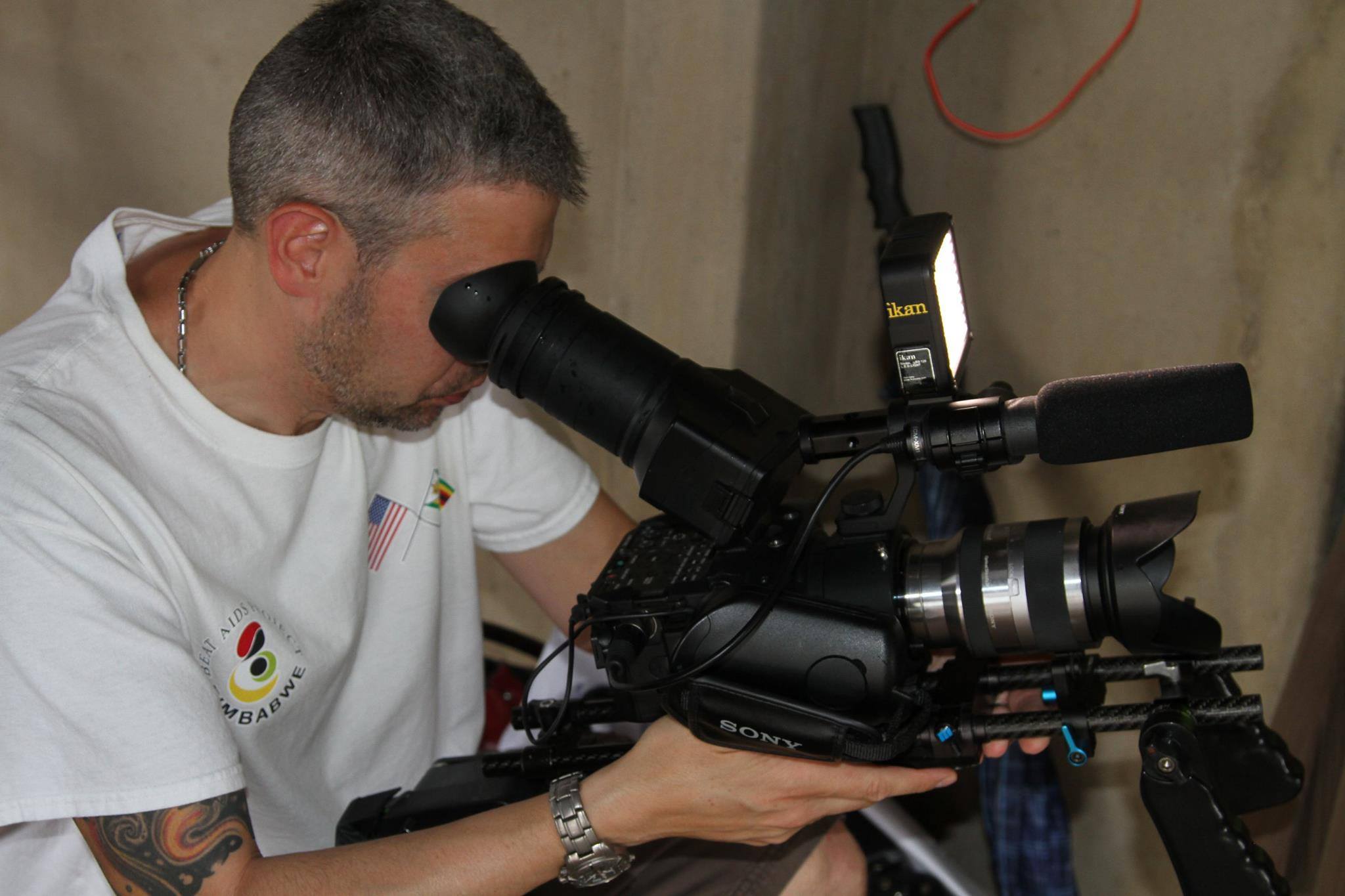
Creating a compelling video is both an art and a science, requiring not just creative vision but also careful planning. One of the most crucial aspects of this planning is building a video budget. A well-constructed budget ensures that your project stays on track, avoids unexpected costs, and delivers the best possible result without breaking the bank. Whether you’re a seasoned professional or new to video production, understanding how to build a comprehensive budget is essential for the success of your project.
Here’s a step-by-step guide to help you master the art of building a video budget, ensuring that every dollar spent contributes to bringing your vision to life.
1. Start with a Clear Vision
Before you can build a budget, you need to have a clear understanding of your project’s goals and scope. What type of video are you creating? Is it a commercial, a short film, or a corporate training video? Knowing the purpose, target audience, and desired outcome of your video will guide every financial decision you make. A well-defined vision helps prevent scope creep, which can lead to unexpected costs and derail your budget.
2. Break Down the Production Phases
Video production can be divided into three main phases: pre-production, production, and post-production. Each phase comes with its own set of costs that need to be accounted for in your budget.
- Pre-Production: This phase includes planning, scripting, storyboarding, location scouting, casting, and securing permits. It’s where the groundwork is laid for the entire project, and careful planning at this stage can save money later on.
- Production: This is the phase where the actual filming takes place. Costs in this phase include equipment rental, crew salaries, talent fees, set design, and catering. It’s also where unexpected costs are most likely to arise, so it’s crucial to allocate a contingency fund.
- Post-Production: After the footage is captured, it needs to be edited, color corrected, and scored with music or sound design. This phase includes costs for editing software, visual effects, sound mixing, and any additional pickups or reshoots.
3. Allocate Funds for Equipment and Crew
One of the biggest expenses in video production is the cost of equipment and crew. High-quality cameras, lighting, and sound equipment are essential for producing a professional-looking video, but they can be expensive. You’ll need to decide whether to rent or purchase equipment, depending on your budget and the needs of the project.
Your crew is just as important as your equipment. Hiring experienced professionals, from directors to camera operators to sound engineers, can make a significant difference in the quality of your final product. When building your budget, consider the rates for each crew member and be sure to account for overtime, which can quickly add up if the production schedule runs long.
4. Consider Location Costs
Where you choose to shoot your video can have a major impact on your budget. Filming in a studio versus on location can vary greatly in cost. If you’re shooting on location, you’ll need to budget for location fees, permits, and any necessary insurance. Additionally, consider the logistical costs of transporting equipment and crew to the location, as well as any accommodations if the shoot is far from home.
5. Don’t Forget About Talent and Props
The talent you choose for your video, whether actors, voiceover artists, or presenters, will also need to be budgeted for. Talent fees can vary widely depending on the experience and demand of the individual. Make sure to also budget for any necessary props, costumes, or makeup, which can quickly add up depending on the complexity of the shoot.
6. Plan for Post-Production Expenses
Post-production is where your video truly comes to life, but it’s also where costs can balloon if not carefully managed. Editing, visual effects, sound design, and color correction are all vital parts of post-production that require skilled professionals and specialized software. Be sure to allocate sufficient funds for this phase, as cutting corners in post-production can negatively impact the final quality of your video.
7. Include a Contingency Fund
No matter how carefully you plan, unexpected expenses are almost guaranteed in any video production. That’s why it’s essential to include a contingency fund in your budget—typically around 10-20% of the total budget. This fund acts as a safety net, allowing you to cover unforeseen costs without jeopardizing the entire project.
8. Review and Adjust as Needed
Building a video budget is not a one-time task; it’s an ongoing process that requires regular review and adjustment. As your project progresses, you may find that certain costs are higher or lower than anticipated. Regularly reviewing your budget allows you to make necessary adjustments and ensure that your project stays on track financially.
Conclusion: Your Roadmap to a Successful Production
Building a video budget is a critical step in the video production process that requires careful thought and planning. By starting with a clear vision, breaking down production phases, and allocating funds wisely, you can create a budget that supports your creative goals without overspending. Remember to include a contingency fund and regularly review your budget to accommodate any changes or unexpected expenses. With a well-constructed budget, you’ll be well on your way to producing a successful and professional video that meets both your creative and financial objectives.
